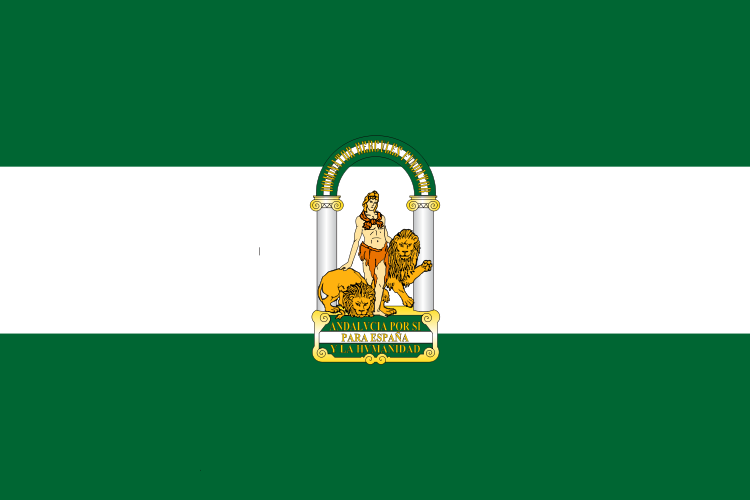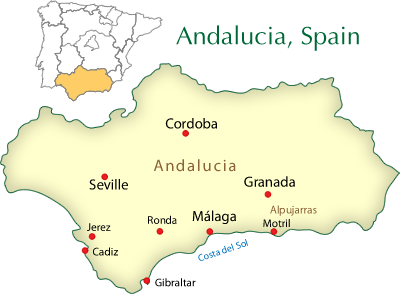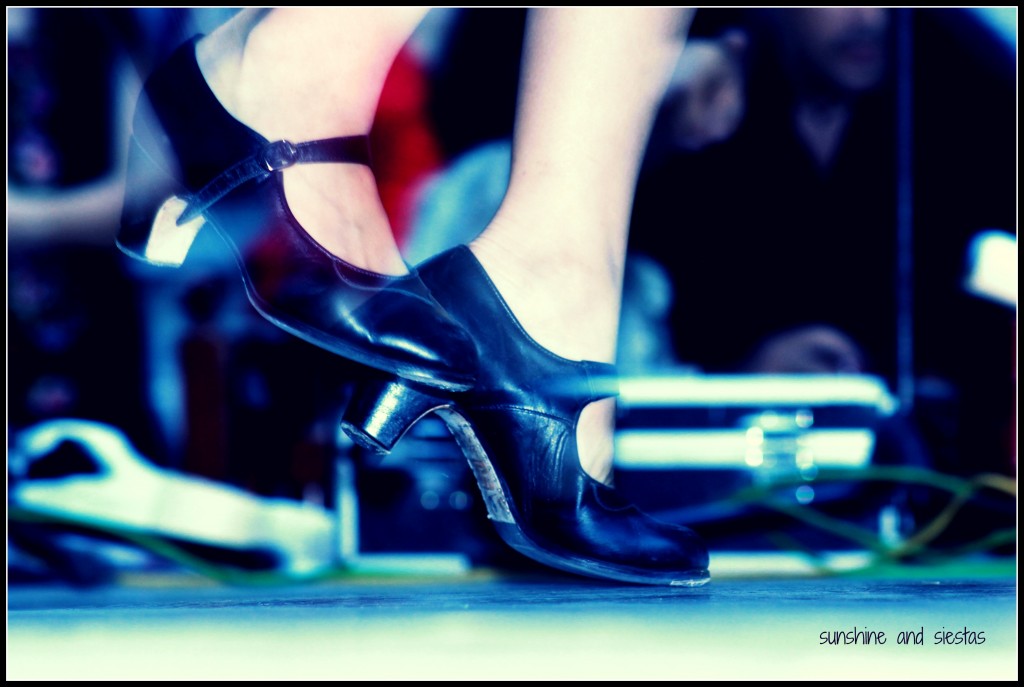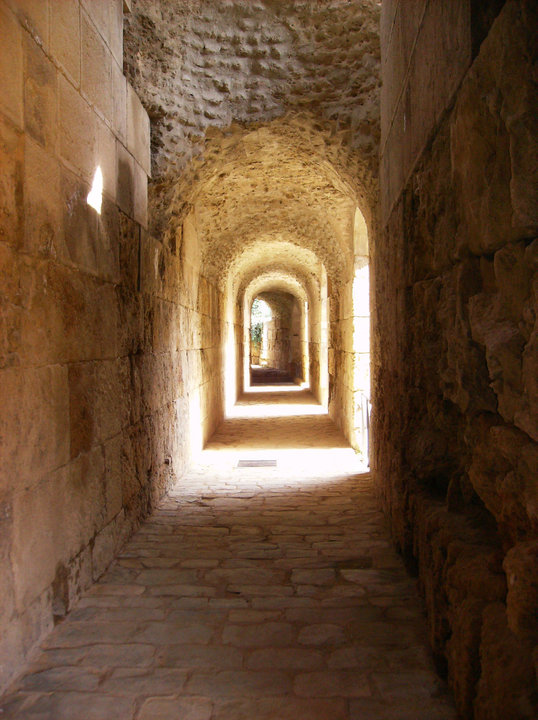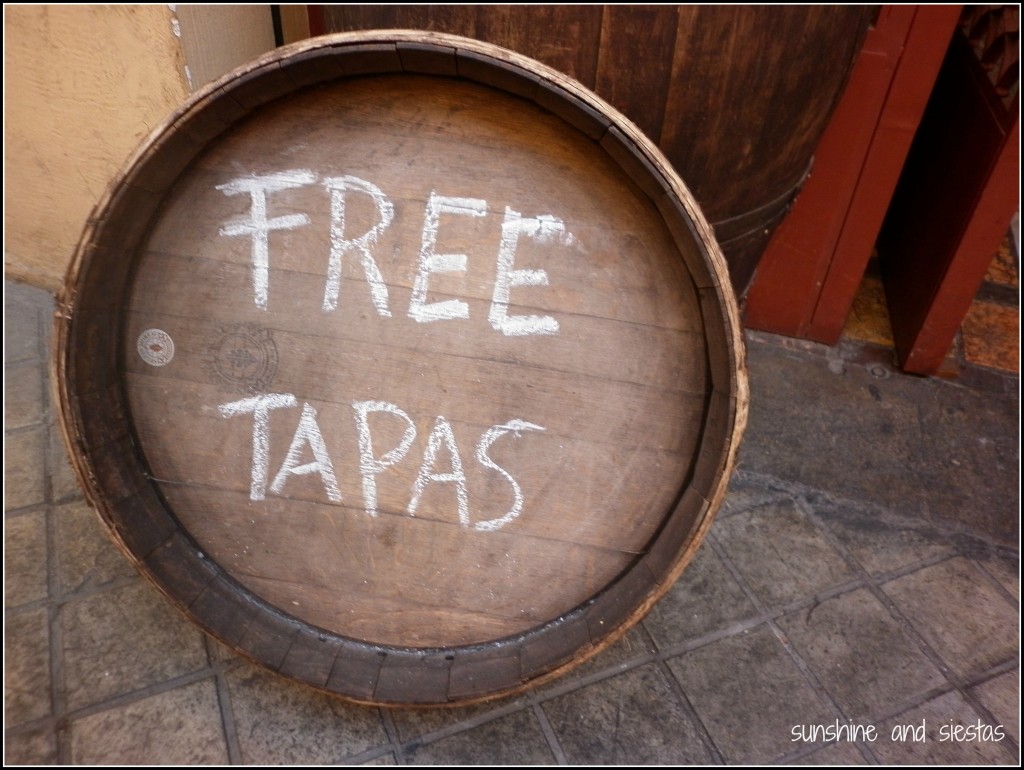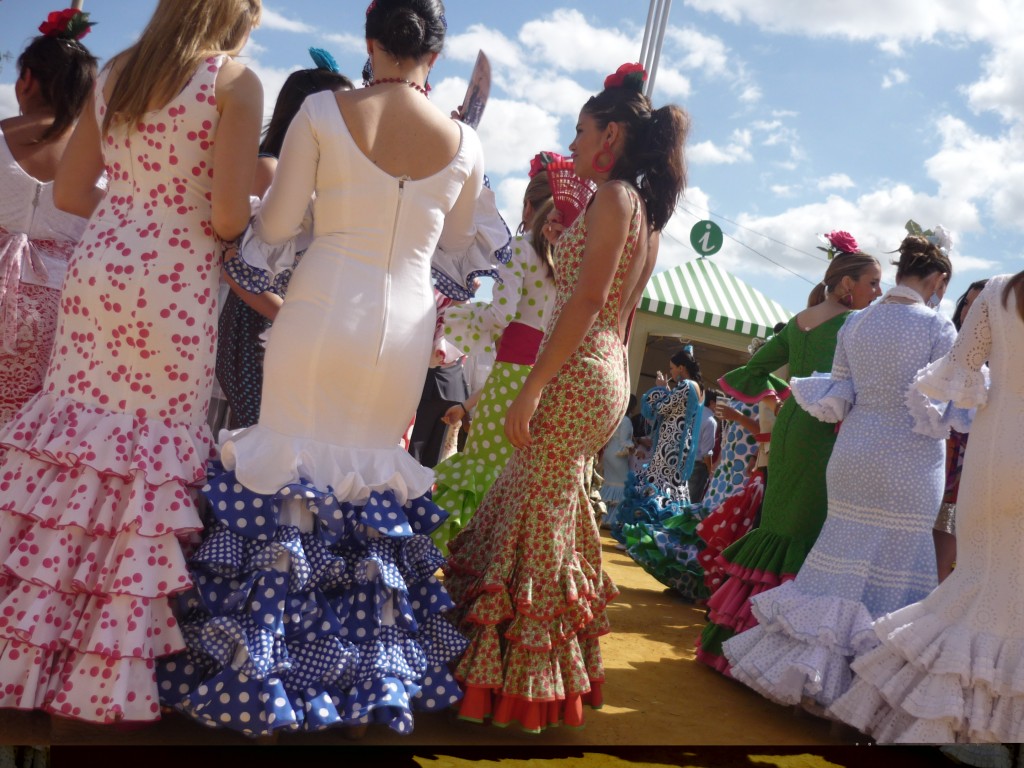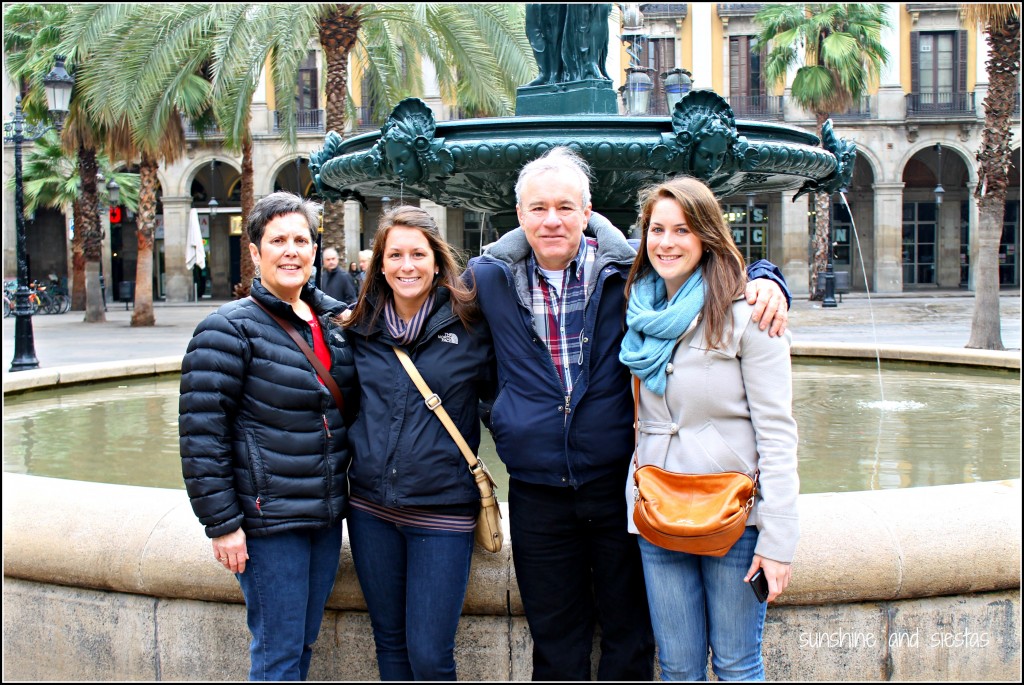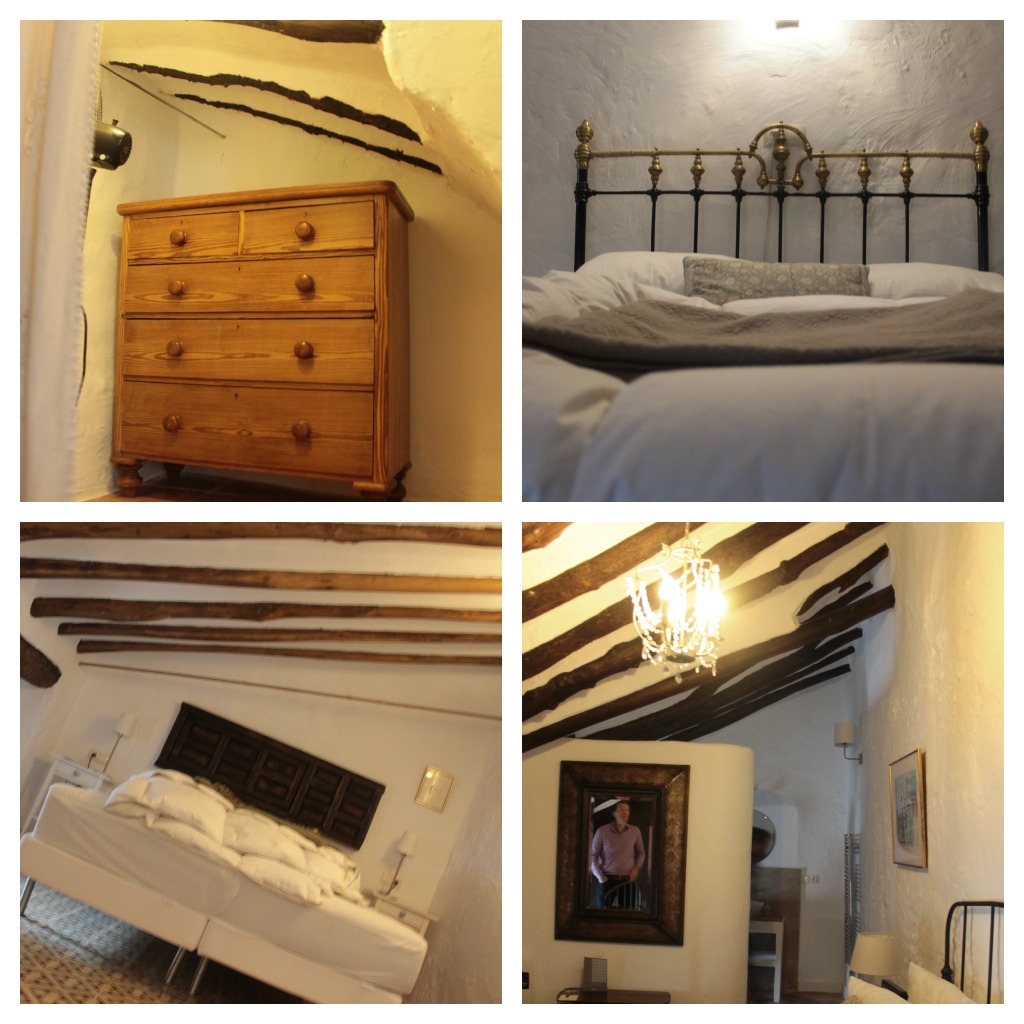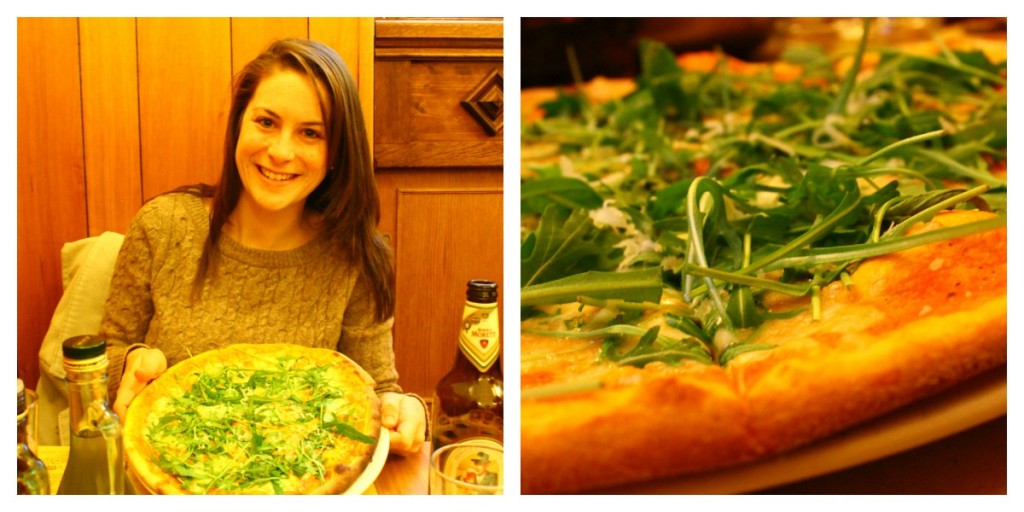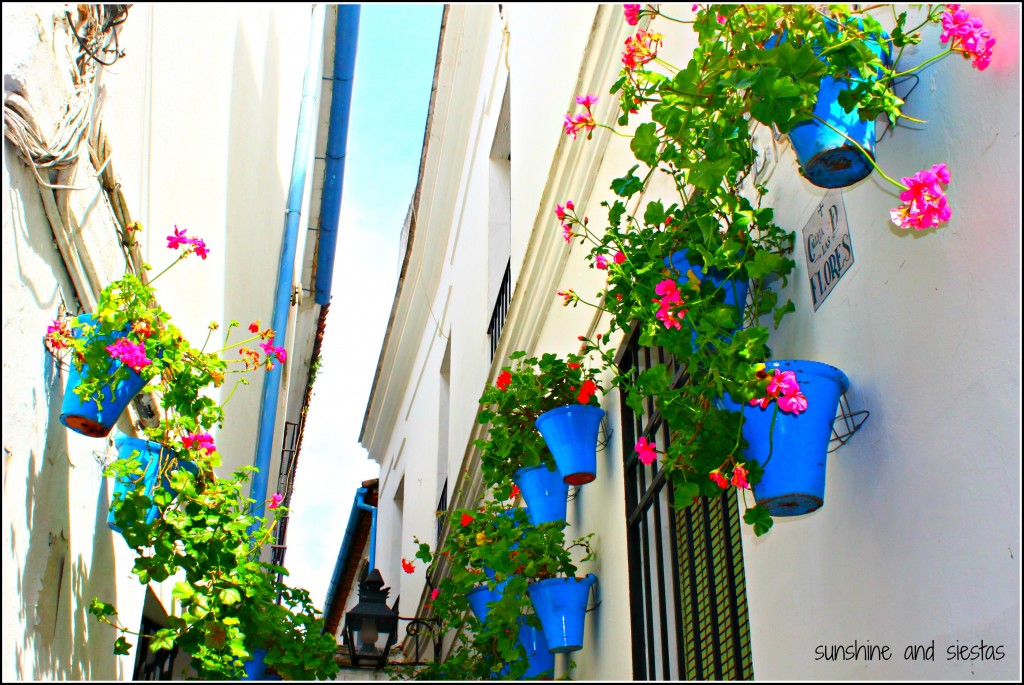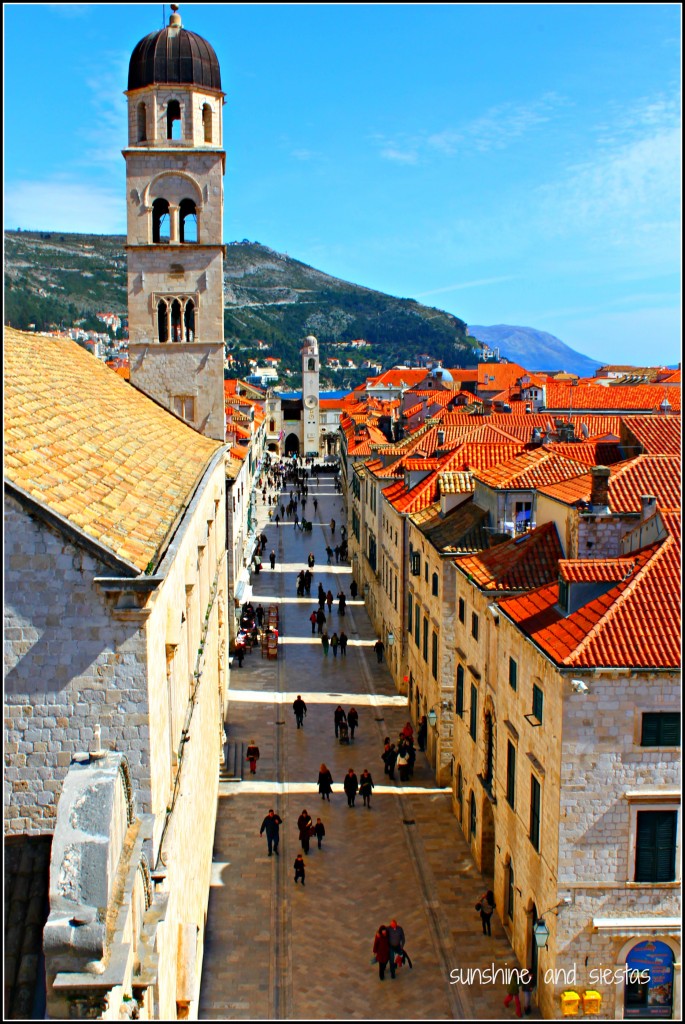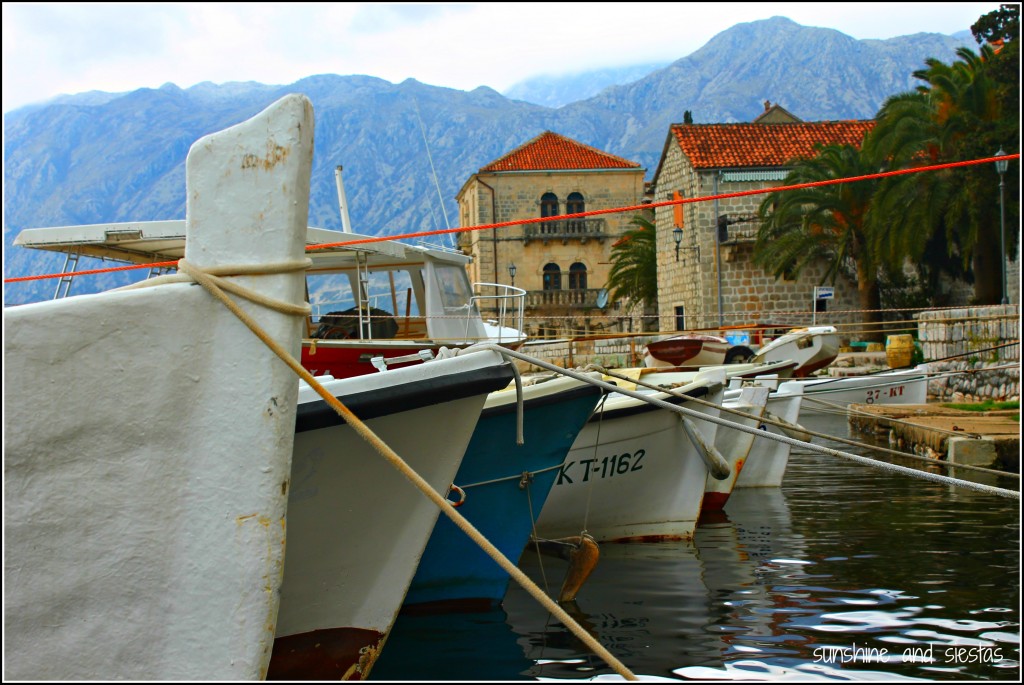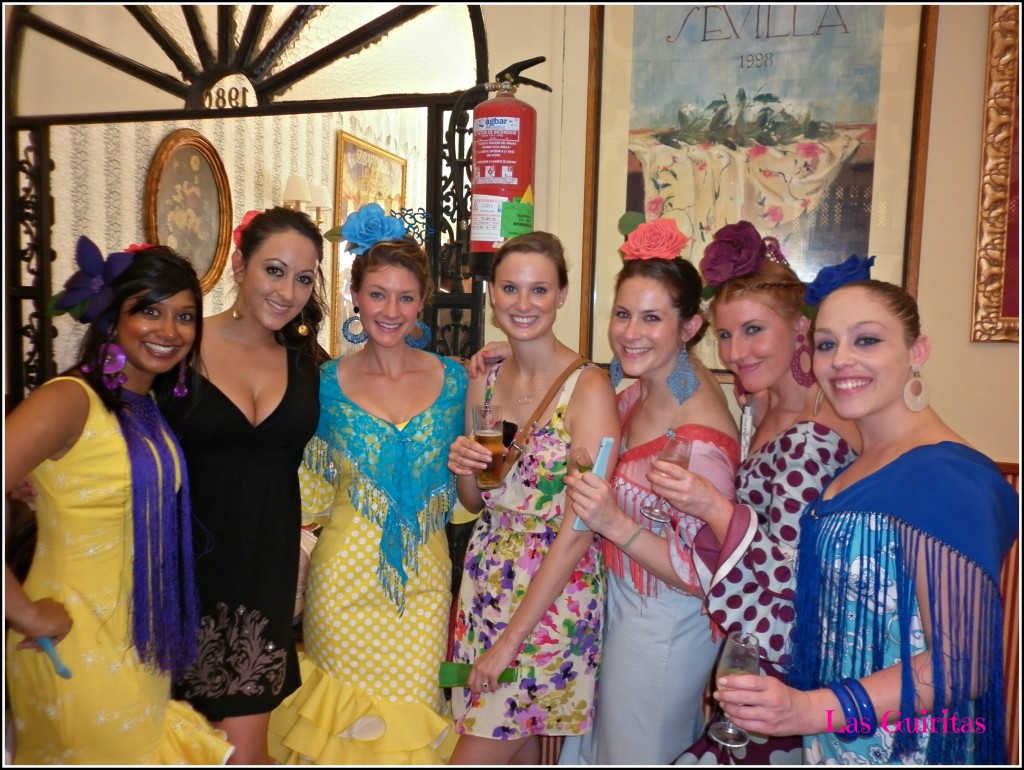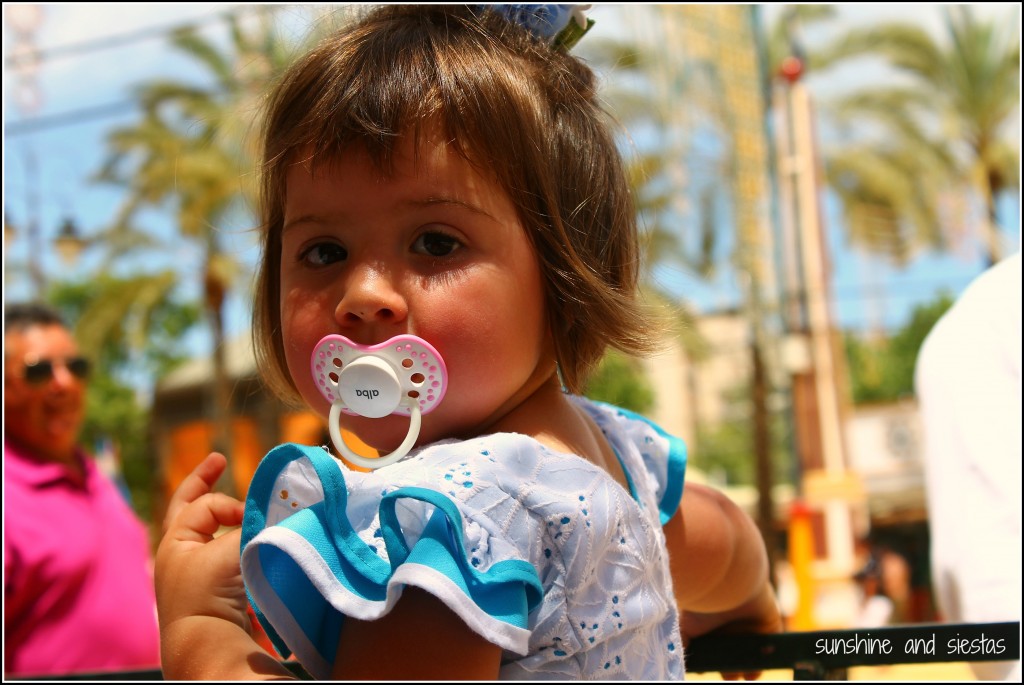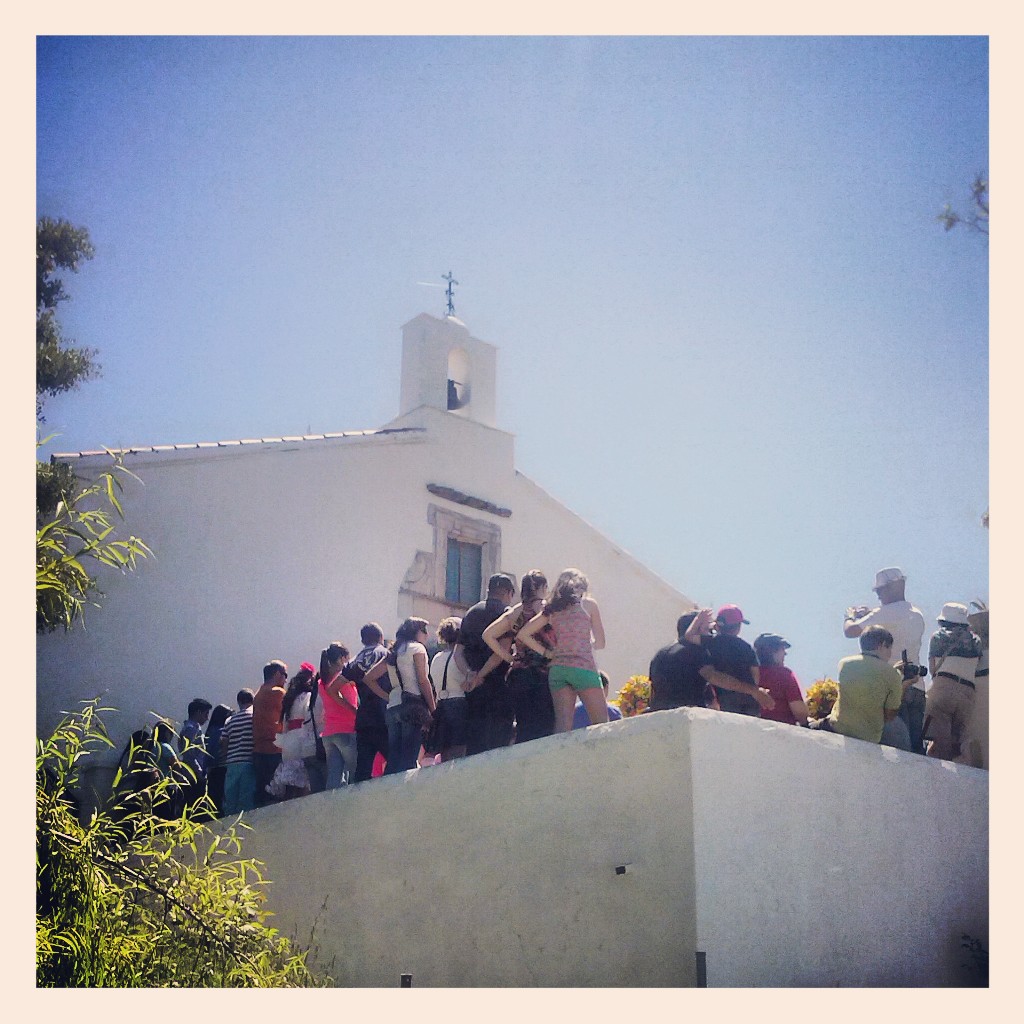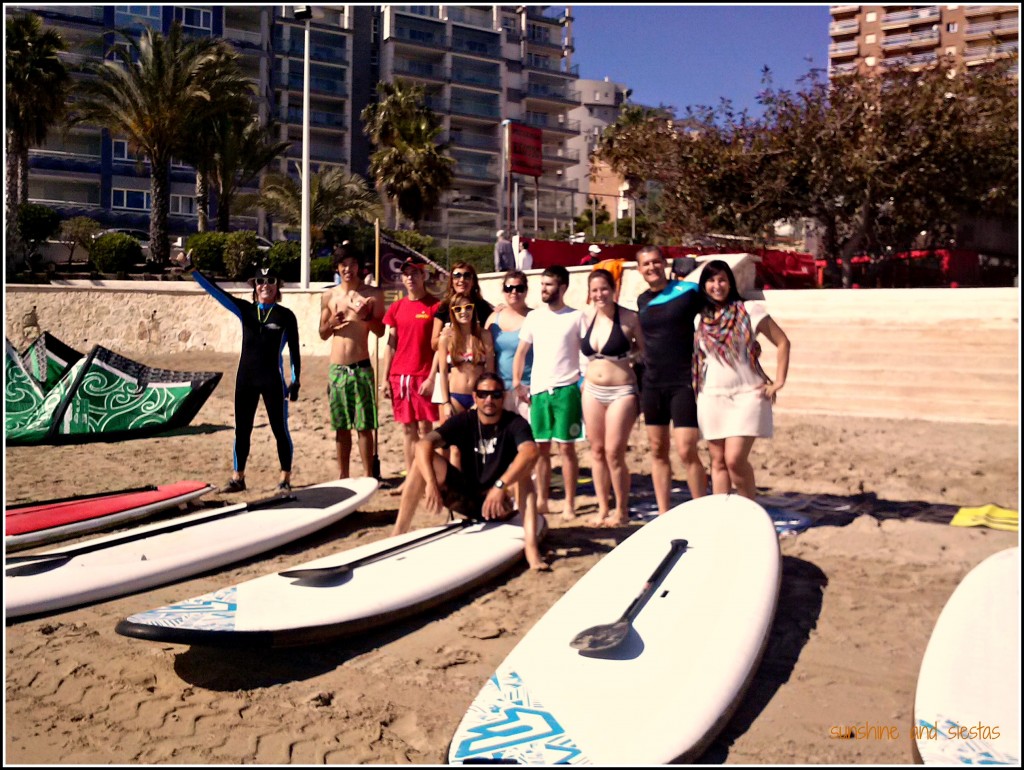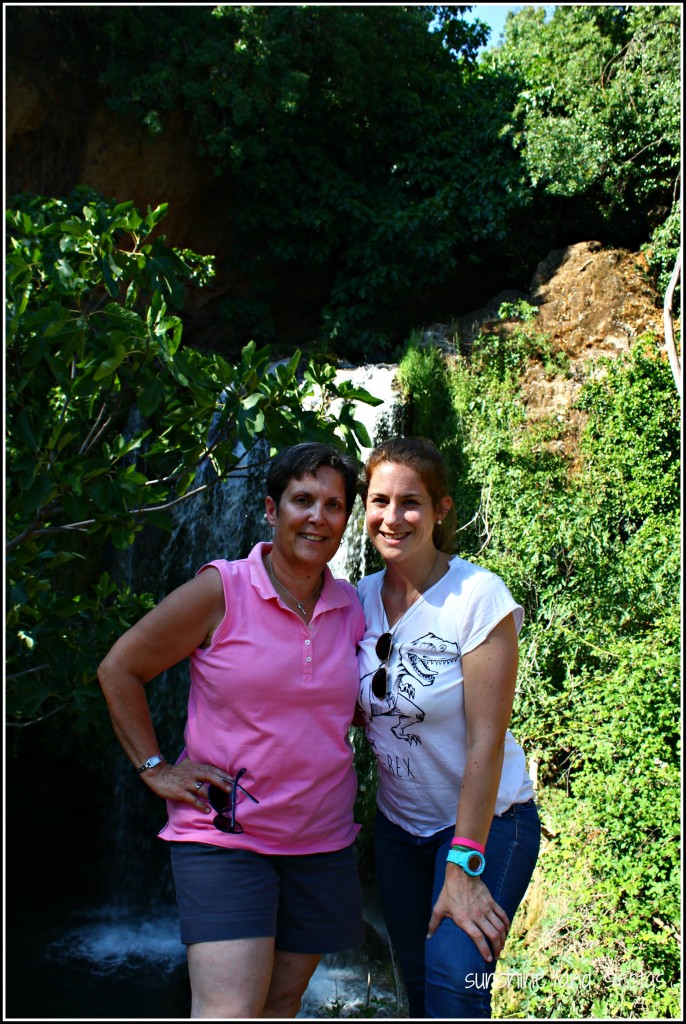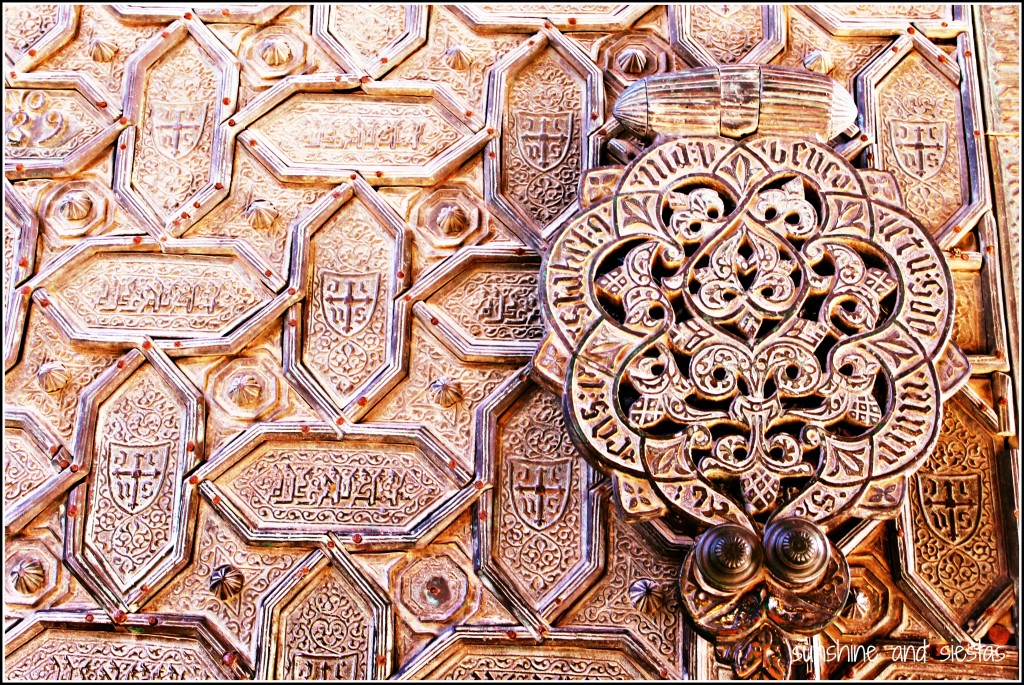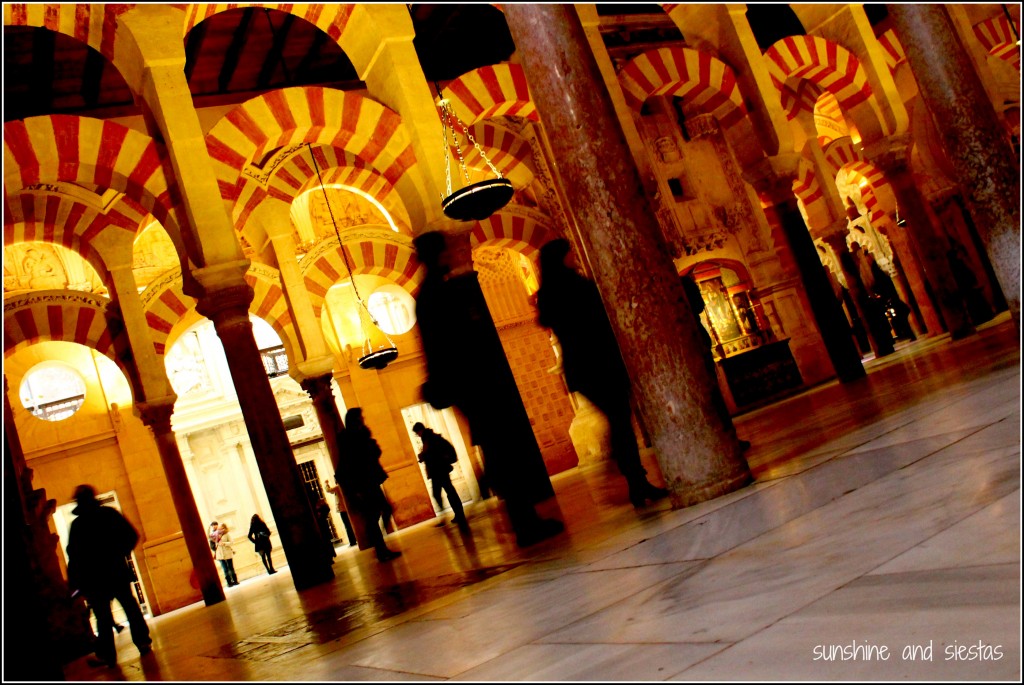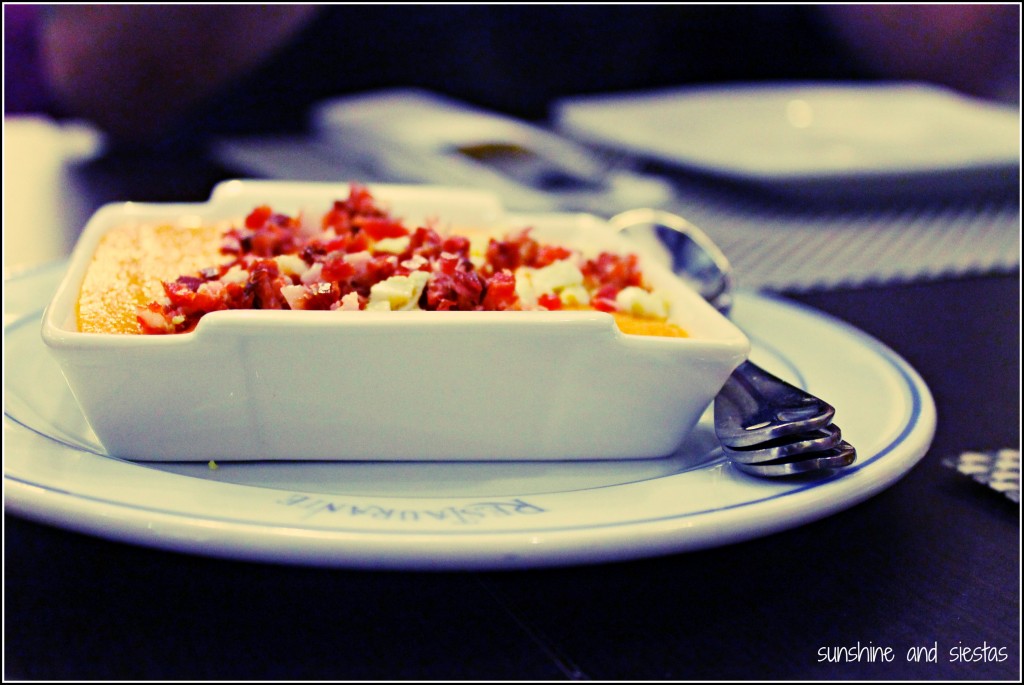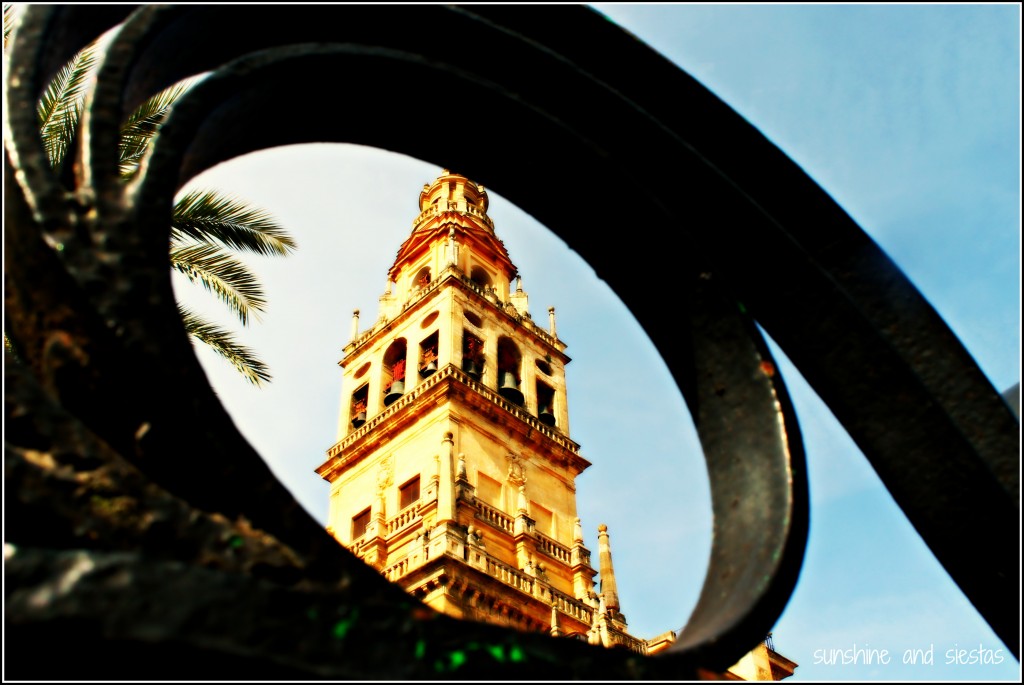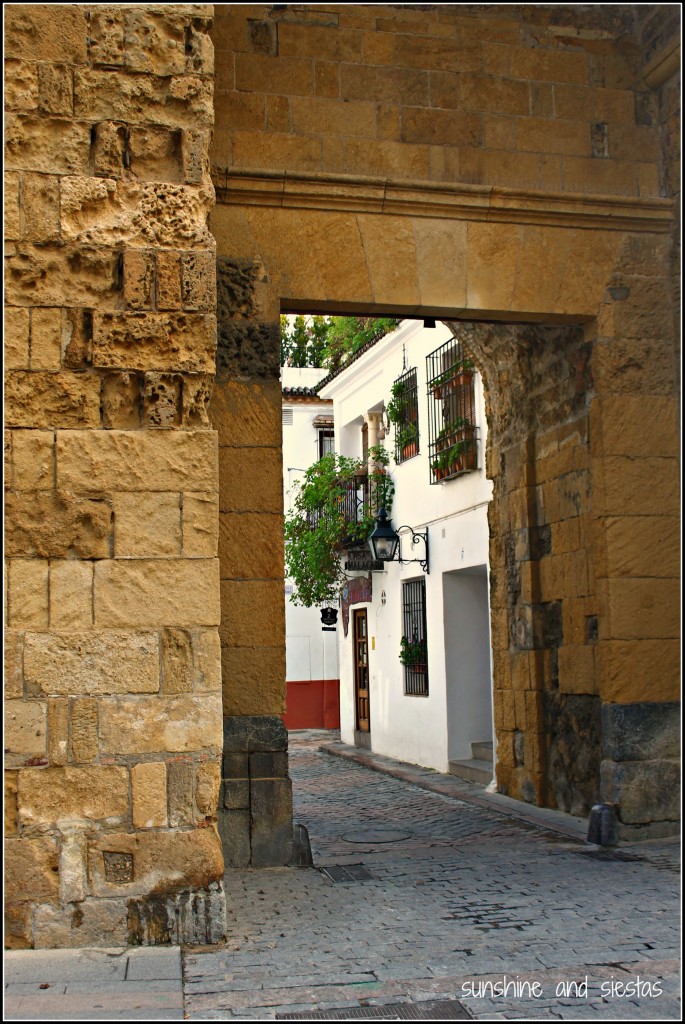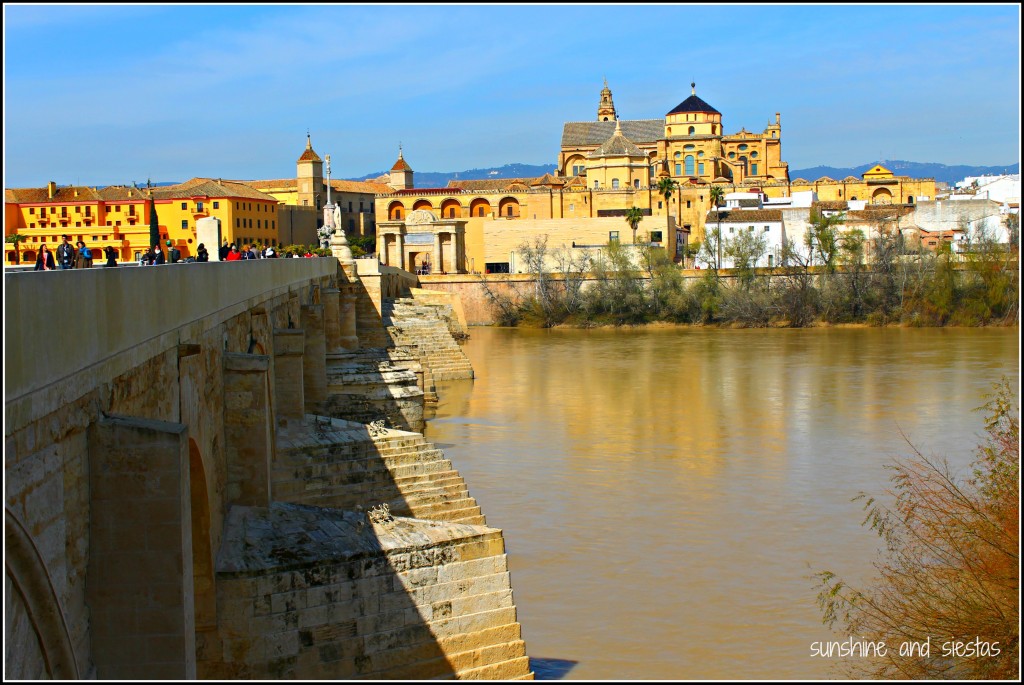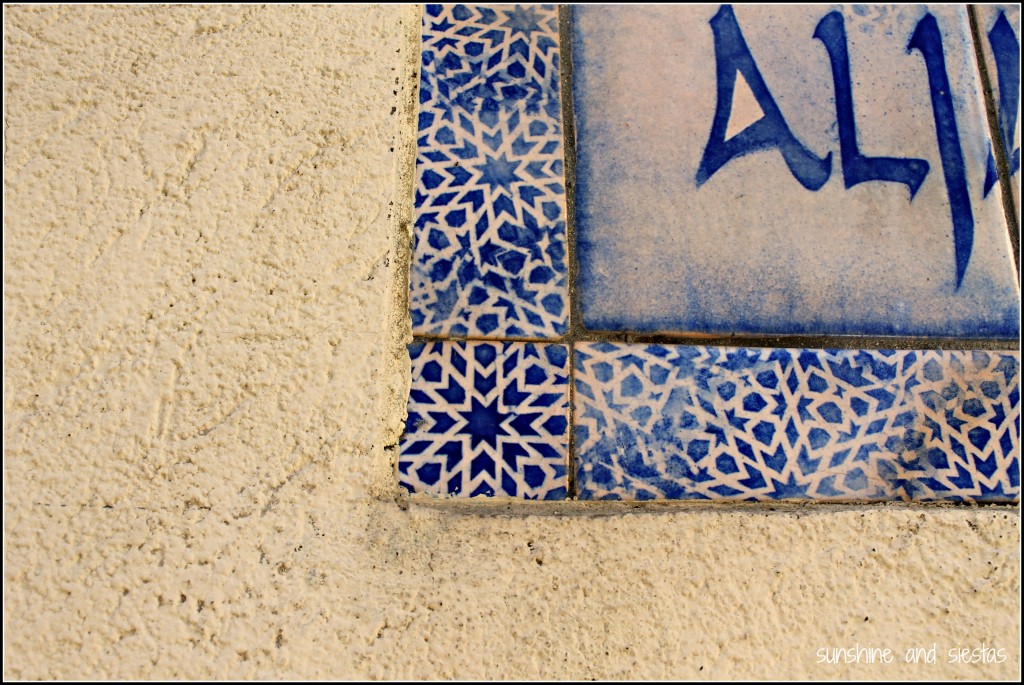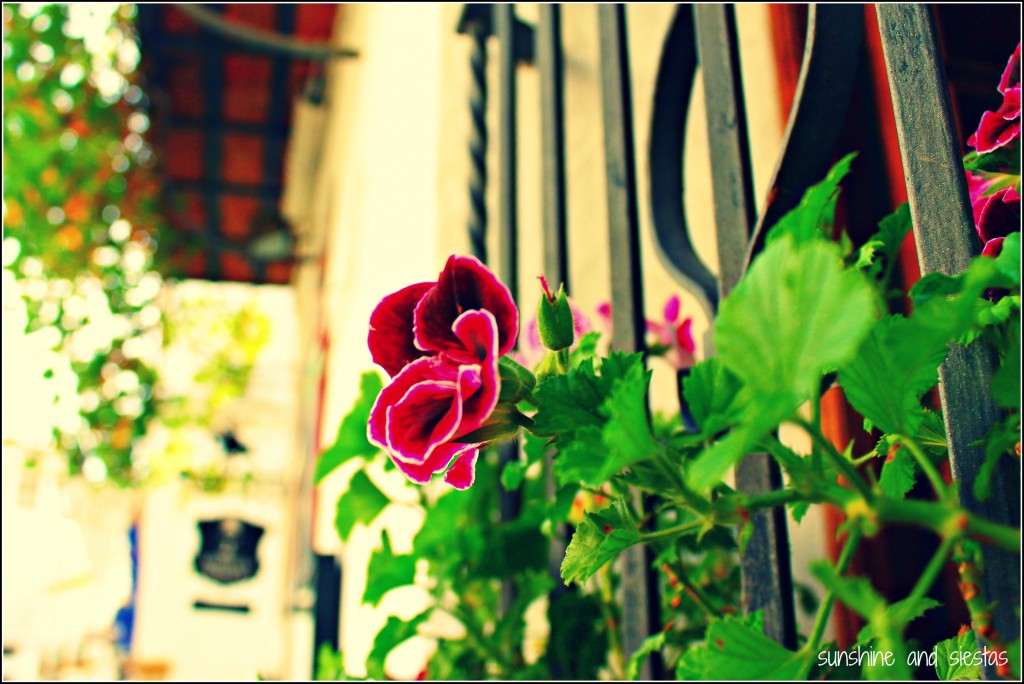Not one to make travel goals, I did make one when coming to Spain: travel to all 17 autonomous communities at least once before going home. While Madrid, Barcelona and Seville are the stars of the tourist dollar show (and my hard-earned euros, let’s not kid around here), I am a champion for Spain’s little-known towns and regions. Having a global view of this country has come through spending ample time in Andalucía, Galicia and Castilla y León – vastly different in their own right – plus extensive travel throughout Spain.
I often get asked what my favorite part of Spain is, and it’s really a loaded question. I’ve drunk wine in La Rioja, hiked through Asturias, considered a move to Madrid. A piece of me can be found in each part of Spain, to be honest, and there are very few places that I’m truly iffy about (I’m looking at you, Barcelona and Santander).
Spain’s long history means it’s a country waiting to be discovered, and I’m going the break it all down for you in my new feature, Spotlight on Spanish Autonomous Regions.
And how fitting is it to start with the one I call my hogar dulce hogar, Andalucía? And on the day that commemorates its independence (thank you, Journalism School 101, for reminding me that dates and anniversaries are great story ideas)?
Name: Andalucía, named for the Moorish Al-Andalus
Population: 8.4 million
Provinces: Eight; Almería, Cádiz, Córdoba, Granada, Huelva, Jaén, Maálaga, Sevilla.
When: 6th of 17 regions, July 2005
About Andalucía: This southernmost region (also home to the largest population) is the Spain you imagine: bullfights, tapas, sun, flamenco. I could write a love song to how much I adore this part of Spain, despite the mañana, mañana attitude, the heat and the immense size that has made it difficult for me to see everything there is to see here (though maybe that’s a good thing).
Must-sees: As this is a region I know well, heaps of places come to mind. In fact, this blog is loaded with six years of bus, train and car trips around Andalucía. From ferias to festivals to road trips to romerías, Andalucía is also known as the sailing point for the discovery of the New World, the epicenter of tapas culture and the birthplace of flamenco. A trip to Spain must include Madrid and Barcelona, but no picture of Iberia is complete without Andalusia on the list (and other areas, don’t attack me quite yet!).
For ideas, check out my Tourism category.
If you’re into the historical aspects of Andalucía, you can’t miss the Alhambra of Granada, wandering the streets of Santa Cruz and Córdoba and being witness to the Moorish influence during their seven century reign, and the Roman city of Itálica. Also of note are the small churches, other Roman relics and ruins.
For eats, you’re in luck – thanks to its varied geography, you can get everything from fresh fish to fresh game meat, olive oil to fish oil, wine to sherry. Andalusia has been known as a traditionally rural area, and strawberries are grown in Huelva and Almería is known as Europe’s greenhouse. Fried fish and cured Iberian ham is practically a religion in my neck of the woods, and winter fruits like oranges populate the street’s of Andalucía’s great cities.
Other great cultural sites include flamenco, the city ferias, bullfighting, Holy week, ceramics, fine arts, El Rocío…the list goes on and on (and, again, I’m biased). What seems to define Andalucía is its boisterous love for the folkloric and the traditional.
My take: As the flamenco group Amigos de Gines sing, Andalucía es mi tierra, yo soy del sur, my personality is clearly best matched to an Andalusian. As one of the largest comunidades in Spain by land area, the region has far more to offer than I could ever write about on SandS. The regional pride and deep cultural patronomy, along with its gasronomic scene and spectacular architecture have me constantly excited to explore.
Each month for the next 16, I’ll take a look at Spain’s 17 comunidades autónomas and my travel through them, from A to, um, Valencia. I’d love your take on the good and the bad in each one, so be sure to sign up for my RSS feed to read about each autonomous region at the end of each month!
What do you love (or not) about Andalucía?

